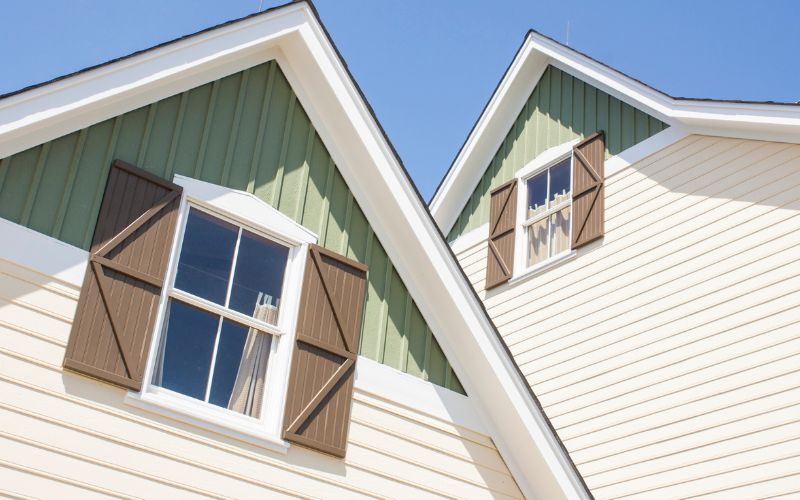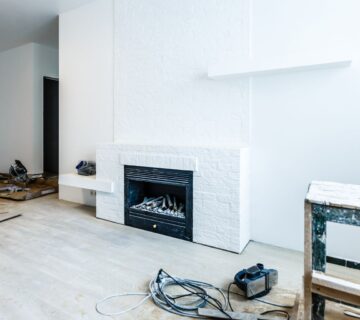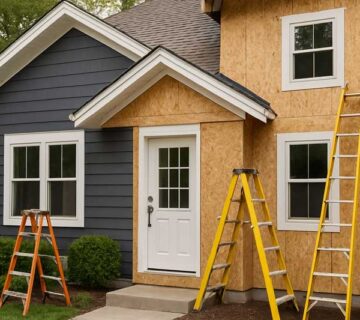Thinking about giving your home a fresh new look? One of the biggest upgrades you can make is replacing or installing new siding. But with so many materials available, choosing the right siding can feel overwhelming. Don’t worry — we’re here to walk you through the options and help you make the best decision for your home.
Why Siding Matters More Than You Think
Siding isn’t just about looks. Sure, it boosts your curb appeal, but it also plays a huge role in protecting your home. The right siding can improve insulation, reduce energy costs, and shield your house from harsh weather. That’s why it’s important to choose the right one.
Let’s Explore the Most Popular Siding Options
Each siding material has its own pros and cons. Here are the most common choices:
1. Vinyl Siding: Affordable and Low Maintenance
Vinyl is one of the most popular siding materials in the U.S., and for good reason. It’s budget-friendly, comes in tons of colors, and doesn’t require painting. Plus, it’s easy to clean with just a garden hose.
Best for: Homeowners looking for a cost-effective, long-lasting option.
2. Fiber Cement Siding: Durable and Stylish
Fiber cement is known for its strength and wood-like appearance. It resists fire, termites, and rot — a solid pick if you want something tough but attractive.
Best for: Those who want the look of wood without the upkeep.
3. Wood Siding: Classic and Natural
There’s something timeless about real wood siding. It adds warmth and charm, but it does require regular maintenance to prevent rot and insect damage.
Best for: Homeowners who love a traditional look and don’t mind the upkeep.
4. Metal Siding: Modern and Sleek
Metal siding, such as aluminum or steel, offers a clean, modern style. It’s also great for resisting fire and pests, but it can dent easily.
Best for: Contemporary homes or areas with wildfire risk.
5. Engineered Wood: The Best of Both Worlds
This material looks like real wood but is made from composite wood products. It’s lighter, more resistant to weather, and often more affordable than traditional wood.
Best for: Homeowners wanting a wood look with less maintenance.
What to Consider Before Choosing Your Siding
Not all siding is created equal, and what works for one house may not work for another. Here’s what you should think about:
- Climate: Some materials perform better in hot, cold, or humid environments.
- Budget: Know how much you’re willing to spend on materials and installation.
- Style: Your siding should match the architecture and color palette of your home.
- Maintenance: Be honest about how much upkeep you’re willing to do.
Energy Efficiency: A Bonus Benefit
Some siding options include built-in insulation, which can help you save on heating and cooling costs. It’s worth asking your contractor about energy-efficient choices, especially if you live in an area with extreme temperatures.
Final Thoughts: Pick What Works Best for You
Choosing siding is a big decision, but it doesn’t have to be a stressful one. Think about your priorities — whether it’s budget, durability, or style — and you’ll be well on your way to finding the perfect fit.
And remember, investing in quality siding isn’t just about looks. It adds value to your home and protects it for years to come.






No comment